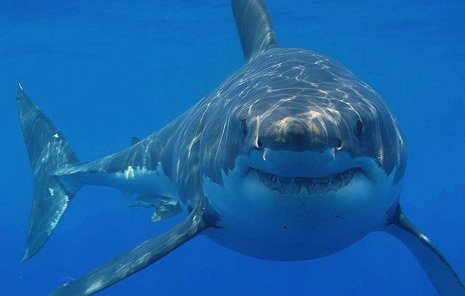The Hidden Lives of Sharks
If you’re a regular PETA Files reader, you no doubt know that sharks’ bad rap is undeserved. While there are a handful of well-publicized shark attacks around the world every year, humans pose the bigger threat—we kill about 73 million sharks annually. According to the Discovery Channel’s Shark Week website, you’re more likely to be bitten by another person than by a shark! In honor of Shark Week, here are five other facts about these mysterious ocean dwellers:
1. Sharks may seem to be all business, but they also have a playful side. Porbeagle sharks have been observed playing with objects floating in the water, repeatedly rolling themselves in kelp fronds, and chasing after other sharks who trailed pieces of kelp behind them.
2. Sharks work together to obtain food—and mind their manners when eating. Biologist Peter Best once saw several great whites working together to move the carcass of a partially beached whale to deeper waters so that they could eat it. Caribbean reef sharks follow a pecking order when eating, with the biggest shark eating first.
3. Frightfully fast, sharks are excellent swimmers, thanks to scales covered with tiny teeth that enable water to flow smoothly over their bodies. Several years ago, Speedo introduced a swimsuit modeled after shark skin—but the suits worked too well and were banned from major swim meets for giving swimmers an unfair advantage.
4. We don’t know if great whites like Great White (ahem), but they love AC/DC. A charter boat operator in Australia has discovered that great white sharks become less aggressive when songs by AC/DC are played underwater.
5. While whale sharks can give birth to 300 babies at a time, most sharks grow and mature slowly, have long gestation periods (up to two years!), and produce few young—making these animals particularly vulnerable to overfishing.
Written by Paula Moore


